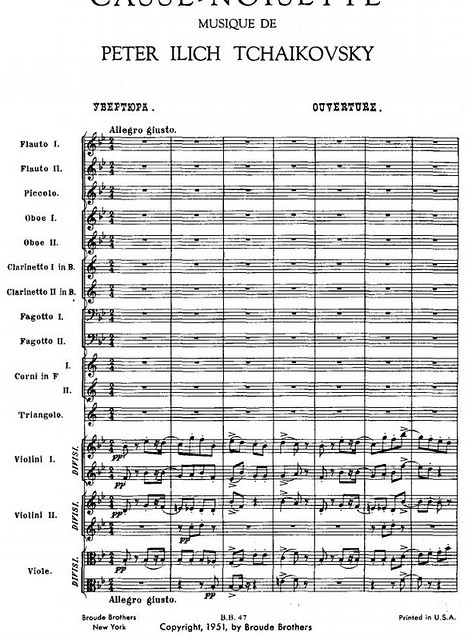I am still a little confused about how to handle the piccolo in Dorico. In the score it should be showing as top instrument, which is the traditional way, but because it’s played by the second flutist, it should be part of the flute 2 part. How is this handled?
I’m afraid there is no easy way to do this at the moment. ![]()
So how do you handle this situation, Dan? I assume you have come across this?
In my case, my 1st flute usually holds the piccolo. If not, I simply allow the staff order to be what it is. It’s not universal that the piccolo must be at the top. Some style guides mandate it, some don’t.
I agree it’s a pickle if your publisher is requiring it.
If you need to prepare parts, what I would do is write on the score the way I want and then create separate players to make the parts, hide them from the full score layout, and copy the content from score to the parts.
How about this?
Arrange the score staves-
Piccolo (score only)
Flute 1 (score and part)
Flute 2 (score only)
Flute 2/Piccolo (to be used for the part only-copy down from Picc and Fl 2)
It’s similar if you have 3 Flutes with 3rd doubling Picc. - make a 3rd/Picc part instead.
(Edit - Filipe beat me to it)
Haha. You were clearer.
I always just leave the piccolo in the same staff as the player who is playing it so the conductor will know who to cue if needed, even if this is “incorrect” score order. Typically in orchestras it’s the 3rd Flute that doubles on Picc, so I just leave it there if they are doubling. This is not uncommon. Here’s the first page of the score to “The Nutcracker” which obviously has a pretty famous picc part in several movements. As Flute 3 is playing it, it is placed under Flutes 1 & 2.

my editions of Tschaikovsky’s 5’th and 6’th symphonies also show the piccolo as flute3 notated under flute1,2 ; here the piccolo is not used in each movement and doubling is intended.
but my scores with a dedicated piccolo player (ie, Stravinsky Firebird) notate it above the flute.
Agreed. If it’s not doubling, I put it above the flutes too. The orchestra librarian usually will automatically put it in the 3rd Flute book and the conductor will know which player takes the Picc parts.
Another way to approach it is to handle piccolo and flute 2 (or 3) as different players. Agreed, it takes out the marvelous native concept of players from Dorico; but, still, gets the job done. In the Layouts, include both the piccolo and the respective flute, and hide empty staves. The only drawback is what I just said: no instrument change indications. But besides that, it works just fine.
…except that casting off is severely dictated by instrument changes in that case.
Is this still unresolved, as of now?
Indeed, Dorico will not change the order of players based on which instrument is held by the player.
As I believe I said in another topic about this very staff-order question, some authorities (like the orchestration book I used when teaching) specifically say that “Piccolo on first staff” applies only when the player holds piccolo and nothing else. If (as in many scores) it is a double for Flute 2 or Flute 3, then it remains on that second or third staff.
That said, the capacity to change order of players depending on change of instruments would be useful in other contexts – particularly reed doublers in musical theater, which some orchestrators like to position according to instrument rather than player number, varying from page to page. (The published full score of West Side Story shows this.) So far as I know, only Finale has so far offered this (via a plug-in).
But that’s a general observation, not a request for a feature. This is the season for unmixed gratitude for what we’ve been given in the new release, allowing our wonderful developers to bask in the satisfaction of their achievement.